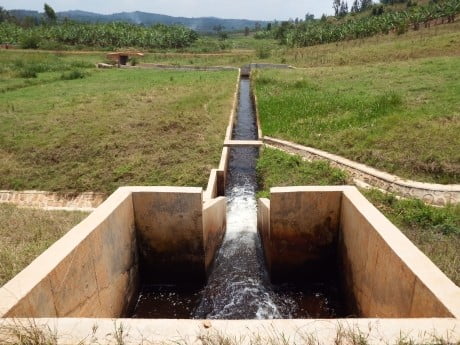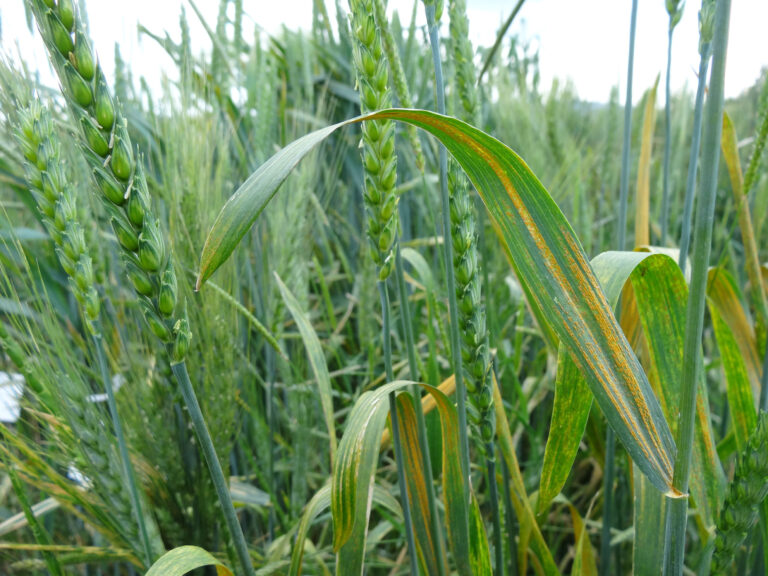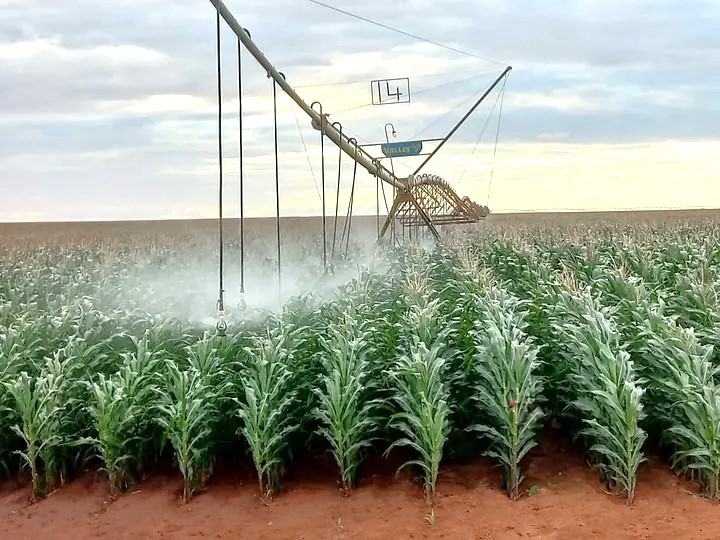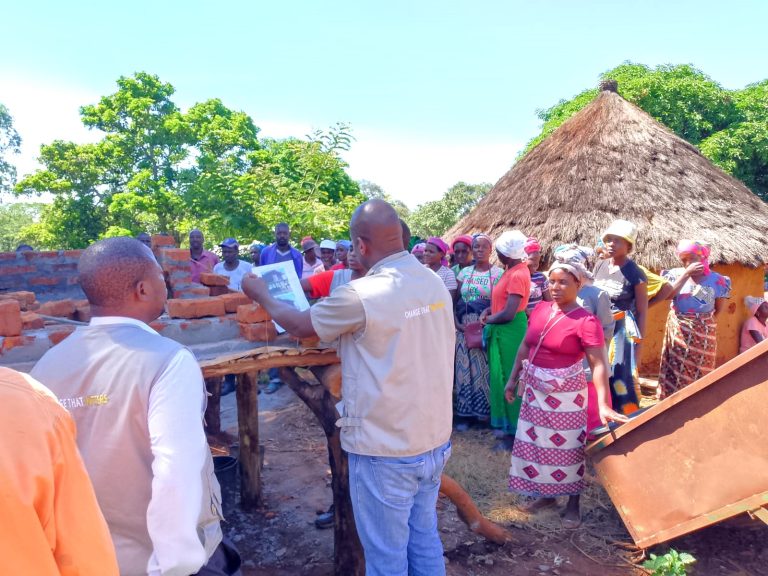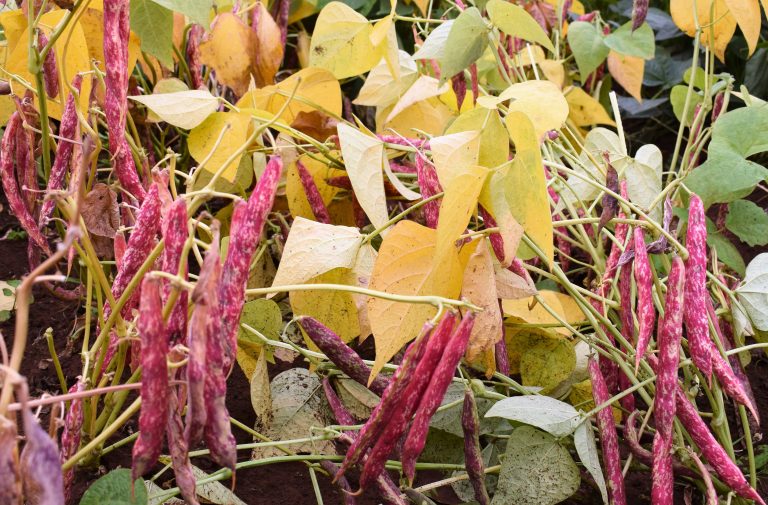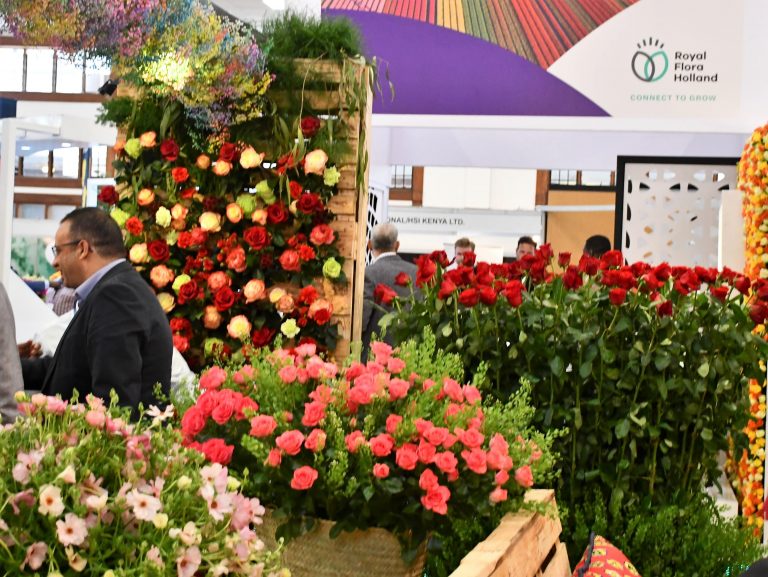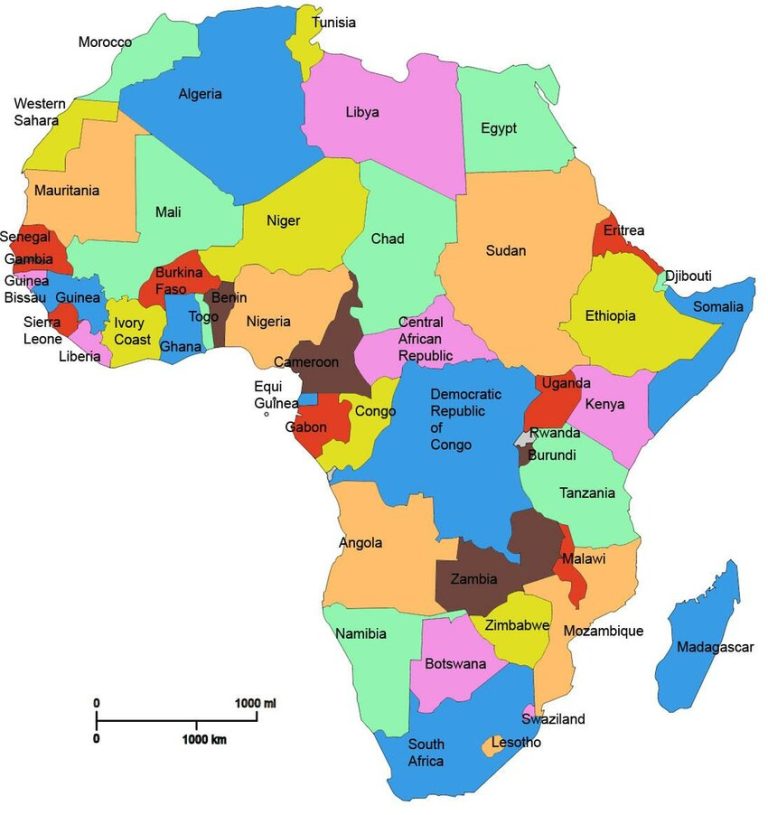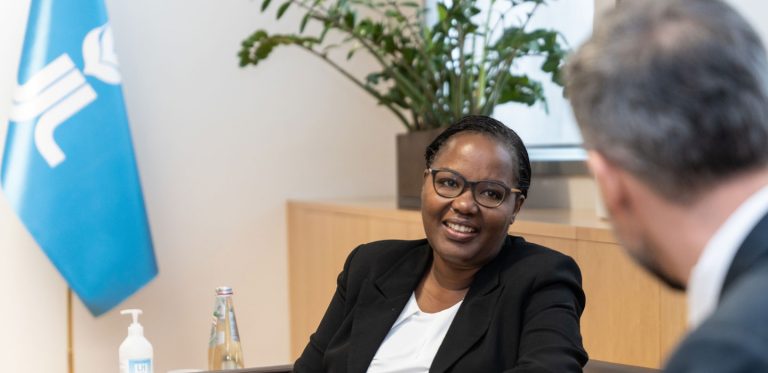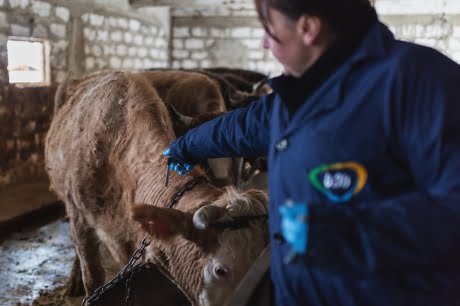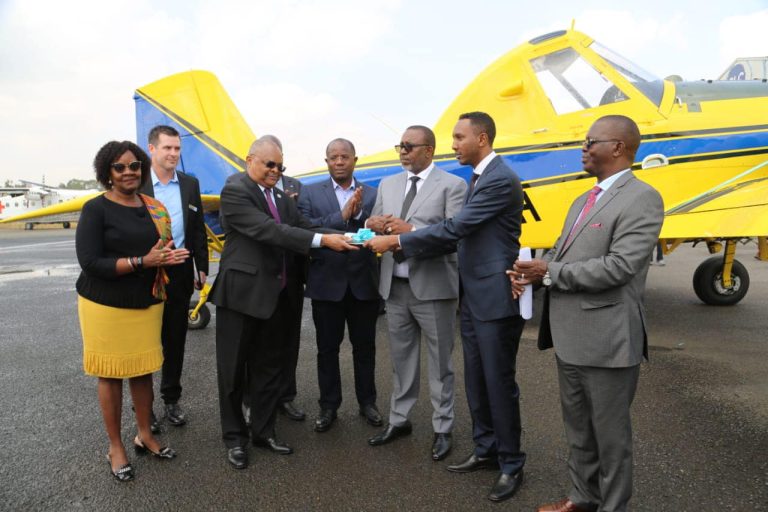The Nyagatare district (Eastern Province) is Rwanda’s breadbasket – a vast area of agricultural land providing food for the entire country. The people of this district are mainly farmers, rearing livestock and cultivating crops such as maize and rice, but they suffer a long dry season stretching from June to mid-September and, consequently, water has always been a vital, much sought-after resource – with competition for it high.
In 2015, the Rwandan government, together with financial support from the World Bank, constructed a USD 10 million dam and water reservoir.
Before long, however, farmers cultivating the upper hillside would cut off at least an eighth of the rainwater that flowed into the catchment below, leaving farmers and cattle keepers downhill struggling. Conflicts arose and a solution to the problem was needed.
Resolving conflicts
The Capacity Development for Agricultural Innovation Systems (CDAIS) project was launched to help individuals, organizations and national bodies involved in innovating agricultural sectors to navigate problems and improve collaboration through dialogue. Supported by the European Union (EU) and implemented by FAO in partnership with Agrinatura (a consortium of 31 European universities and research institutes), this project uses a community-based approach that works through reflection, group learning and increased engagement, helping farmers to better adopt innovative methods.
Farmers in Nyagatare participated in the CDAIS project in order to work out a way to solve their water-sharing problems. Through CDAIS, FAO established a forum to unite local farmers with livestock owners, local leaders, NGOs and other water-users in order to discuss and resolve problems.
The core objective was to promote fair, effective and efficient use of water, as well as conflict management through collaboration. Athanase Mahoni, one of the farmers involved, said that the CDAIS training “empowered farmers to solve their own problems.” Eventually, it stimulated a partnership framework among water users and service providers, helped increase productivity as well as ensuring fair partition of water. It also ensures that repairs to the dam and distribution channels were carried out using members’ fees. “Previously, we faced challenges from farmers who didn’t want to pay the water fee,” explains Athanase. “Now more are paying,” and repairs can be made in a timely fashion.
Through CDAIS everyone got to know each other, learnt to listen, leading to better communication, understanding and a new mutual trust. In the past, cattle keepers clashed with others in the water users’ association as they felt that they had a right to free access to water. CDAIS changed perceptions and today farmers are more pragmatic and organized, and they undertake most repairs of the dam and distribution channels.
Before CDAIS coaching, different groups of farmers looked out only for themselves but today they stand together. “Today I can say we’re able to solve 90 percent of the challenges we encounter,” says Athanase. CDAIS helped with training and record keeping, allowing for transparent sharing of financial information, which also helped with negotiations of advance payments for their crops and livestock with buyers.
Improved practices, higher yields
The benefits of the approach are increasingly obvious: better sharing of water and improved farming practices have led to an increase in productivity; the seasonal rice harvest increased from 1 tonne per hectare to an incredible 5.8 tonnes per hectare. The farmers also gained skills in business management and a wider access to markets. “Today we harvest more to sell beyond our district; we have signed contracts with buyers in Kigali,” said Athanase.
In addition to CDAIS transformative work, the FAO Representative in Rwanda, Gualbert Gbehounou has encouraged Rwandan farmers to adopt innovative practices such as drip irrigation and planting hybrid seeds varieties that have low water consumption. Such new practices will further ensure that existing water resources increase productivity.
An approach that works
The CDAIS project used a participatory and continuous learning approach to improve functional capacities – ‘soft skills’ – in the Nyagatare district.
“The CDAIS approach brings together key stakeholders to assess capacity development needs with the aim of promoting innovation that meets the needs of small farmers, local agribusiness and consumers,” highlights Selvaraju Ramasamy, the Head of FAO’s Research and Extension Unit.
The CDAIS project was implemented by FAO and Agrinatura in eight countries (Angola, Bangladesh, Burkina Faso, Ethiopia, Guatemala, Honduras, Rwanda and Laos). The approach and the key element remain the same for all countries: providing a space for local smallholders to talk, innovate and address issues together, for the benefit of everyone.
The overall objective of CDAIS is to make agricultural innovation systems more efficient and sustainable while also understanding the realities of farmers, agri-business and consumers – which in turn helps improve food security and end hunger, a fundamental Sustainable Development Goal.
COVID-19 effect on Rwandan farmers
Like in so many countries around the word, COVID-19 has changed the situation in Rwanda. Farmers had to divert the money they would have invested in agricultural activities into helping their families meet their more immediate needs.
Yussuf Nkurizabo, now leading CDAIS’ multi-stakeholder partnership, states, “During the COVID-19 lockdown, it was not easy to get our produce to a market. We grew tomatoes, pumpkins and other vegetables, but they ended up rotting in the gardens.”
Both transportation and reaching customers were challenges. Nkurizabo continues, “We don’t have permanent customers. We usually go to Kigali City to look for clients, but this time it was not possible. Even the clients we had, during that time left us because we couldn’t get the supplies to them.”
Of about 5 tonnes of fruits and vegetables normally harvested per hectare, during this period only 3 tonnes were harvested. The remaining tonnes went to waste.
The challenge now is restarting these agricultural activities: “Even as the lockdown has been lifted, we’re yet to stabilize financially. We don’t have enough capital to reinvest in the farming activities. We need to work again with markets,” concludes Nkurizabo.
FAO is currently conducting a baseline on water efficiency and use. After the intervention, improvement in water efficiency will be measured. FAO is encouraging farmers to use cultivable command areas to recover from the losses brought on by COVID-19.


